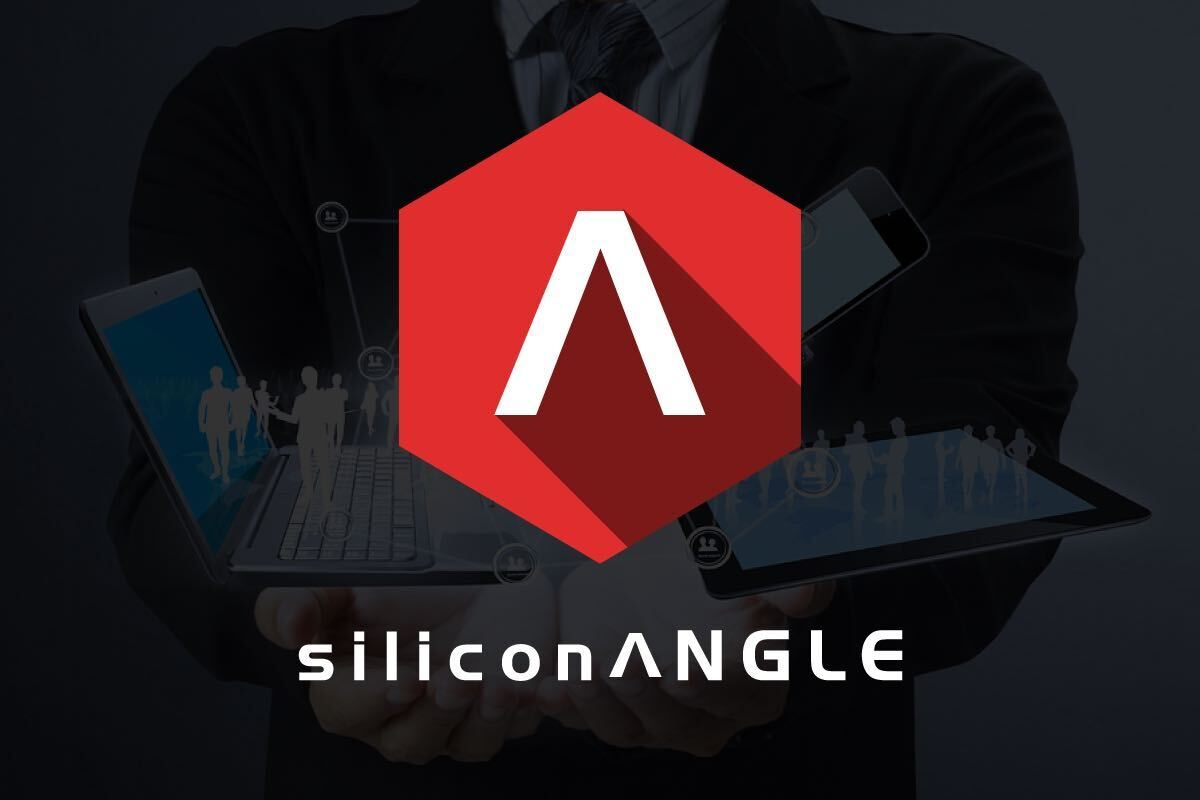


![]()
At EMC World 2014, Dave Vellante invited two Presidio execs, Dave Hart, COO, and Vinu Thomas, VP of solutions and one of the lead architects, to theCUBE. They discussed the impact converged infrastructure has had on Presidio and how the company’s products fit in with the overall cloud landscape.
In his first question, Vellante asked Dave Hart to lay out what his company is “all about.” Hart responded, “We’re focused primarily on data center, cloud technology as well as security, mobility, collaboration and core network infrastructure.”
Vellante wanted to know a little more Presidio’s customer targets, to which Hart responded that Presidio works with customers “anywhere between 1000 – 2000 seat all the way up through the Fortune 100.” Hart also stressed, though that “The solutions we bring to market are very horizontal in nature, so there’s probably no vertical we’re not pointed in […] if you’re a consumer of IT and IT is a strategic part of your business, Presidio is there for you.”
Vellante’s next question, “How has converged infrastructure changed how you architect solutions?” he directed to Thomas.
Thomas replied that he believes the IT industry is fundamentally moving towards cloud-based solutions, because “Customers want faster agility time to market and they want to try and leverage cloud-based solutions.” Thomas mentioned that converged infrastructure, “especially with VCE […] really plays into that particular strength.”
With VCE, Thomas mentioned that Presidio is “able to bring the convergent infrastructure quicker to market, quicker time to deploy for the customer, and in turn it helps them be quicker and more agile with their customers and enables them to grow their business much faster.”
Next, Vellante asked how much converged infrastructure, like Vblock, has changed Presidio’s business. Hart described Vblock as the natural evolution of the industry, one that Presidio “embraced from the get-go.” Vblock, Hart said, has allowed Presidio to move “from virtualized infrastructure to true private cloud and hybrid cloud infrastructure, you really need converged infrastructure, Vblock, underneath that to do it right.”
Vellante wondered whether Presidio found that clients use their solutions to replicate “cloud infrastructure within their on-premise environment.” Thomas explained that VCE infrastructure has allowed companies to access the advantages of the public cloud, but in a more secure environment that, Thomas believes, will offer stronger performance. He added that at Presidio, they’ve configured an ad-on on top of Vblock, affording them the “the ability for us to do full-fledged management orchestration on top of a Vblock and also be in a position to offer capacity on demand with the Vblock. So, we can essentially mimic a public cloud inside a private cloud environment with the security and the performance features.”
Continuing his line of questioning about private cloud environments, Vellante asked “Why is on-premise, and why are your clients able to build something, that is more secure than the public cloud?”
Thomas outlined why he believes multi-tenancy to be more risky. Hart agreed, saying “All the technology, all the process, will not change the fact that if you’re in a multi-tenant environment, you have exposure, not only to other providers, but to the greater operation. Whereas in a private cloud, you can control your own destiny.”
Hart also touched on the Presidio managed cloud offer, highlighting that it is an orchestration layer with a service catalog that gives clients “command and control across the enterprise.”
In his next question, Vellante wondered whether availability was a factor, or whether architects can build around that in the public cloud. Thomas answered that at Presidio, they had “already seen a lot if instances when these applications fail in the public cloud because the public cloud infrastructure is, number one, multi-tenant, so it’s got that security problem, but it’s not built as a resilient and reliable infrastructure.”
Thomas explained that the reason for these crashes is because public clouds “expect the application do to that work for them. So now you’re talking about our customers having to re-write their legacy application and that’s a significant investment.”
Vellante then asked Hart and Thomas to consider the possibilities for change in the public cloud. Hart replied that he does not think the public cloud is going anywhere: “Those services will evolve and they’ll grow and they’ll be integrated. This is the natural maturity of our business and our industry.”
Vellante also inquired as to how organizations themselves are changing as they adjust to converged infrastructure. Thomas replied that companies that chose to wait to alter their “people and process” before implementing converged infrastructure have been “waiting for a long time.” But that for companies that chose to “push the converged infrastructure […] it really starts making changes.”
To conclude the interview, Vellante asked Hart for the bumper sticker he’d put on the EMC World conference this year. To which Hart responded, “We’re enabling the private and hybrid cloud.”
Support our mission to keep content open and free by engaging with theCUBE community. Join theCUBE’s Alumni Trust Network, where technology leaders connect, share intelligence and create opportunities.
Founded by tech visionaries John Furrier and Dave Vellante, SiliconANGLE Media has built a dynamic ecosystem of industry-leading digital media brands that reach 15+ million elite tech professionals. Our new proprietary theCUBE AI Video Cloud is breaking ground in audience interaction, leveraging theCUBEai.com neural network to help technology companies make data-driven decisions and stay at the forefront of industry conversations.